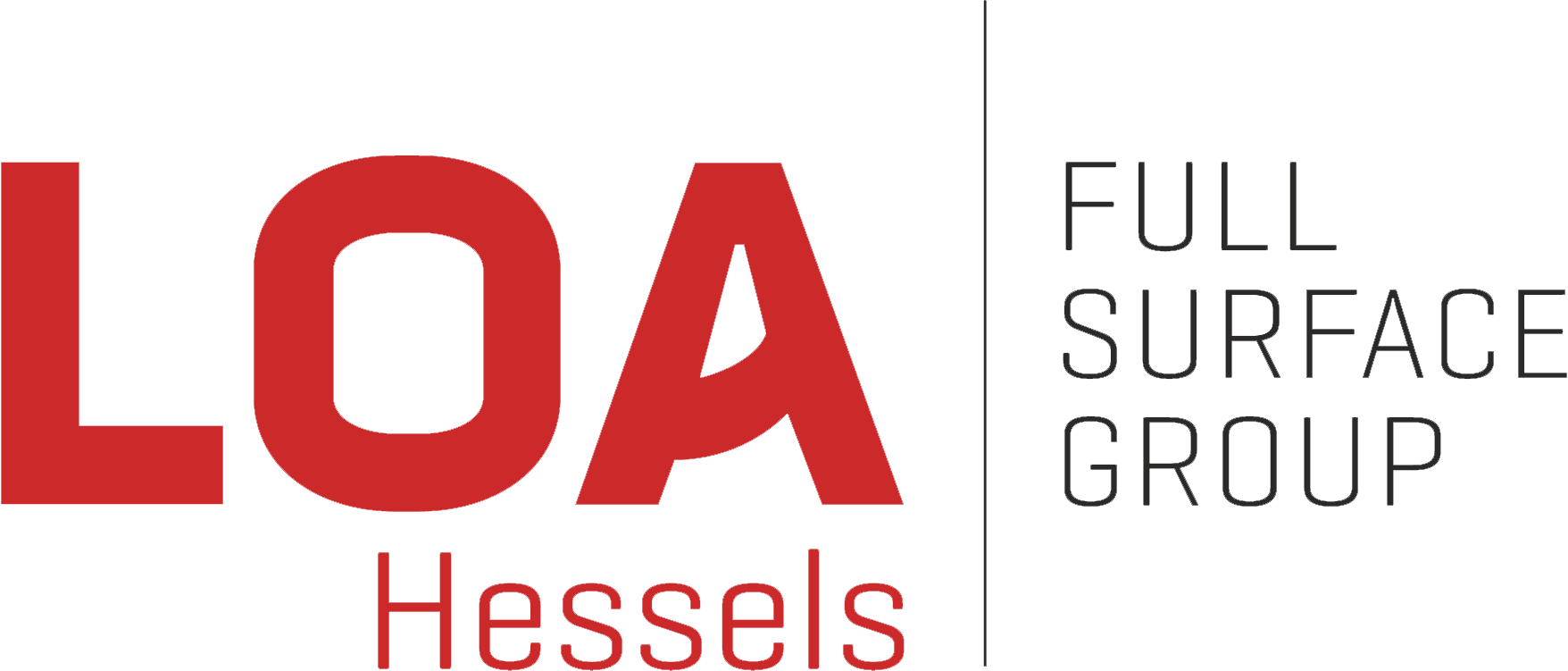Schooping
Scooping is a powerful technique in which a thin layer of zinc is applied to metal surfaces to protect them from corrosion. This method is especially effective for steel structures and other metal objects exposed to harsh environmental conditions.

We help find the right surface treatment
Get in touchThe process schooping
Scooping, also known as metallisation or thermal spraying, is a process that starts by heating wire or powder of the protective metal, such as zinc or aluminium, to its melting point. The molten metal is then sprayed with compressed air onto the surface, where it solidifies and forms a protective layer. Scooping extends the life of metal structures and is often used in the corrosion protection of large infrastructure projects.
The benefits of schooping
Excellent Corrosion Protection: Scooping provides powerful corrosion protection, even in demanding and aggressive environments.
Long-Term Durability: The resulting zinc alloy layer provides long-term protection of the metal against rust and corrosion.
Uniform Coverage: The scooping process provides uniform coverage, even on complex shapes and in hollow spaces.
Why choose LOA Full Surface Group?
Expertise: With years of experience in surface coating, we understand the unique requirements of various industries and deliver customised solutions.
Advanced Technology: Our state-of-the-art facilities use the latest technologies to meet the highest standards of quality and performance.
Customer-Focused: At LOA Full Surface Group, customer satisfaction is paramount. We work closely with our customers to meet their specific needs and provide high-quality solutions.
Sustainability: We aim to provide sustainable and environmentally friendly coating solutions that contribute to a greener future.
Discover the benefits of LOA Full Surface Group. Contact us today for more information or a customised quote. We are ready to take your projects to new heights with our advanced surface treatment solutions.


